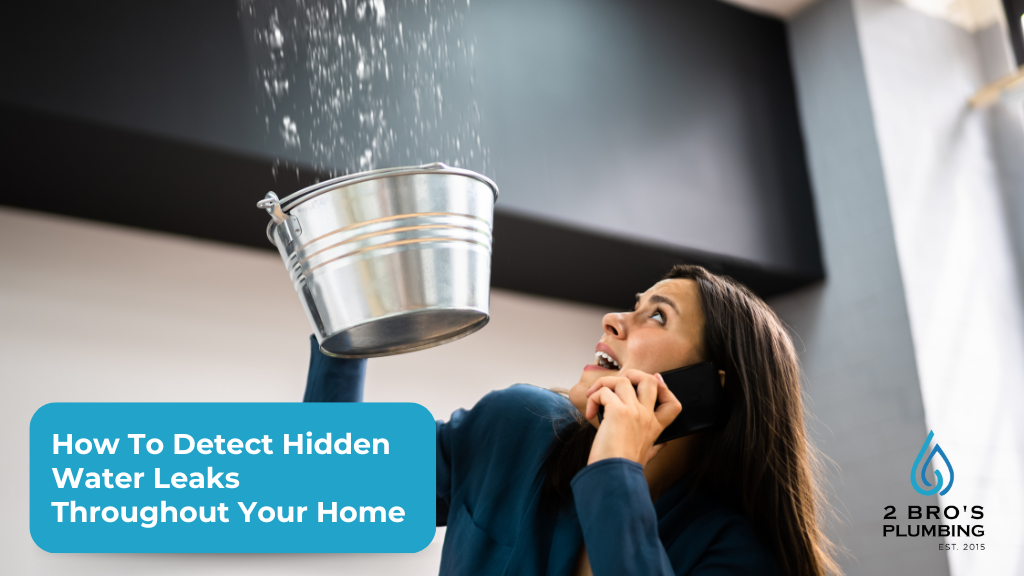If we’re being honest, most of us take the plumbing in our homes for granted. We’ve pretty much come to expect that when we turn on a faucet, water will flow out of the tap. When the faucet is turned off, the water flow stops, right? Well, unfortunately, that’s not always the case. In some cases, no water flows at all while in others, the water won’t stop! You might be surprised how often plumbing mishaps occur in the home.
Leaky faucets.
Those drips can drive you crazy, can’t they? Not only is the sound of a constant drip-drip-drip pretty annoying, it’s a complete waste of water. Of course, it’s also a waste of money. In most cases, leaky faucets are caused by worn-out O-rings, washers or seals. To repair a leaky faucet, it’s wise to follow a fairly simple five-step process.
Firstly, turn off the water supply to the faucet. Step #2 involves removing the handle which usually involves removing a screw or fastener. Thirdly, find the source of the leak. In the fourth step, replace the worn washer, O-ring or broken part inside the faucet. Finally, reassemble the faucet and turn the water supply back on.
Clogged drains.
Do you take showers while standing in an ankle-high puddle of water? That’s because you have a clogged drain. They often occur in sinks, showers and bathtubs because of all the hair that has fallen off your head and down into the drain. In kitchens, clogged drains are generally caused by an accumulation of food and grease. When these substances build up over time, they restrict water flow. The end result is much slower drainages or worse, complete blockages.
It’s wise to use a drain screen to prevent larger foodstuffs and/or hair to find its way down your drains. As well, make it a mandatory rule to never dispense of grease down the drain. To unclog a drain, follow this simple four-step process.
Step #1: pour a pot of boiling water down the drain. Secondly, pour a solution made up of 1 cup of baking soda, 1 cup water and 1 cup vinegar down the drain. In the third step, cover the drain plug and wait about five to ten minutes. Finally, pour another pot of boiling water down the drain. The bubbling reaction from the baking soda and vinegar should help to loosen the drain clog. The boiling water should help to clear the pipes.
Running toilets.
In our last blog, we delivered some tips to follow when your toilet overflows. But what if your toilet is just making a little dripping or running sound? Although it may seem like no big deal, it can actually waste countless litres of water, spiking your water bill. A faulty flapper is usually the culprit here.
To repair a running toilet, follow this four-step procedure. Number one: push down on the flapper with a stick and listen to discover whether or not the running sound stops. Secondly, flush the toilet and look for a fill valve leak. The third step involves removing and replacing the old toilet fill valve. Step four involves connecting the fill tube.
If all of the abovementioned steps sound confusing or daunting, don’t worry. You can’t be expected to be a plumbing expert. That’s where 2 Bro’s Plumbing comes in! We provide round-the-clock help for any and all of your plumbing needs. Please don’t hesitate to give us a call at 905-556-0790 or email us at admin@2brosplumbing.ca. You may also fill out the form on our Contact page!



